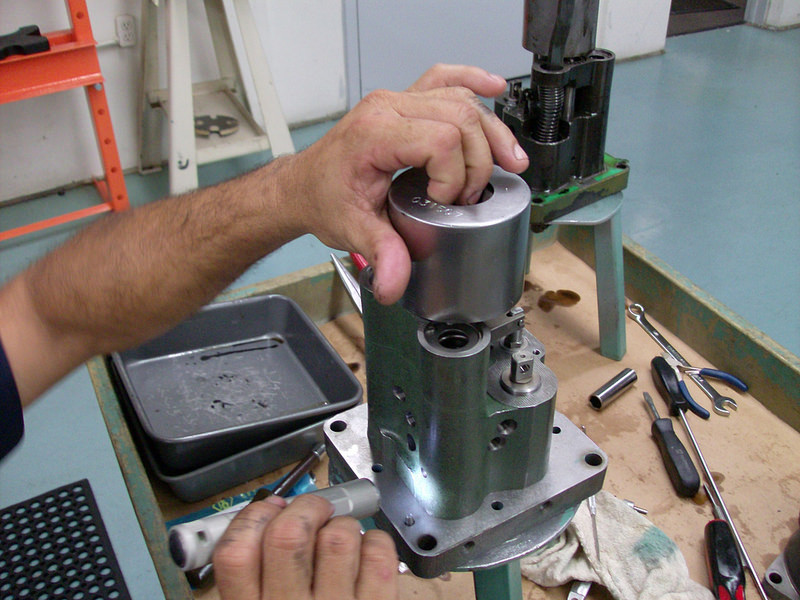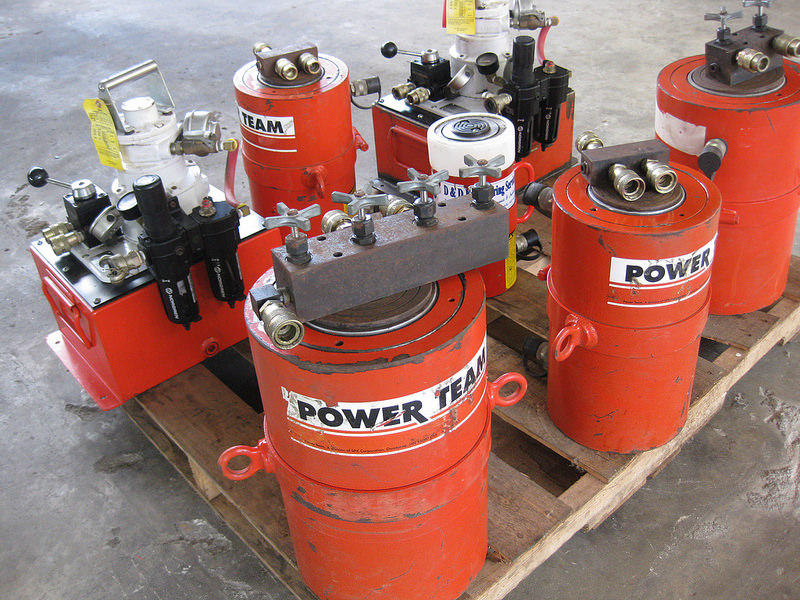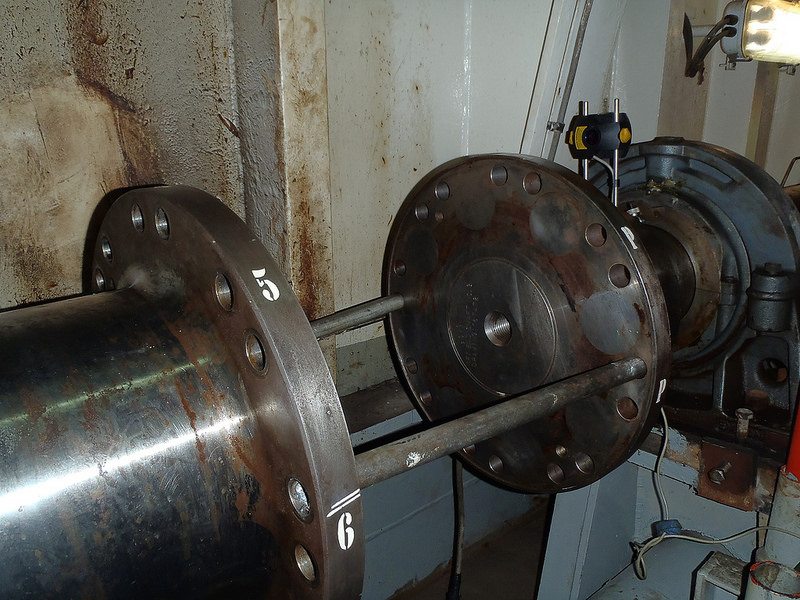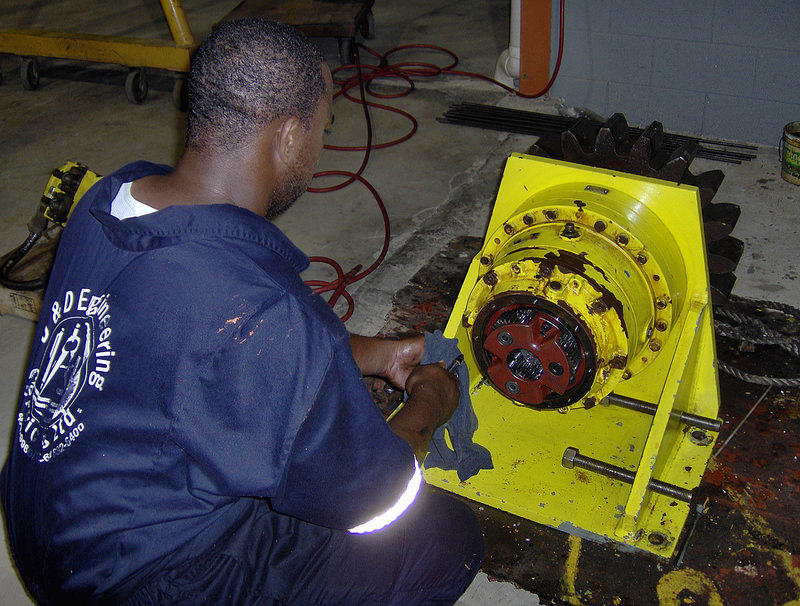Landmark machine goes to long-time customer North Sea Terminal Bremerhaven GmbH & Co Würzburg, Germany, 11 July, 2014 – A ceremony today marked the departure of the 1,000th diesel-electric straddle carrier from the Terex Port Solutions (TPS) facility in Würzburg.
The celebration was attended by the straddle carrier’s new owner as well as the Terex team members who built the machine. The landmark machine is going to long-time customer North Sea Terminal Bremerhaven GmbH & Co (NTB) as part of an order comprising a total of more than 30 Terex® N SC 644 E straddle carriers.
The machines feature a lifting capacity of up to 60 t under spreader and can stack 9’6″ high-cube containers 1-over-3. They will be used in the NTB terminal located directly on the North Sea, where they will strengthen an existing large fleet of more than 75 Terex straddle carriers.
Efficient machines create lasting competitive advantages
Since 1999, NTB has used Terex straddle carriers in its terminal, which handled approximately 3.3 million TEU in 2013. The positive operating experiences during this time contributed to NTB’s continued use of Terex straddle carriers, according to Jan Gelderland, Managing Director of NTB, who said on delivery: “These highly efficient straddle carriers have supported us in the terminal, founded in 1998, almost from the start. And thanks to their ease of operation, good performance and reliability, they provide lasting competitive advantages. We are therefore delighted to welcome a genuine landmark machine from Würzburg to our fleet.”
The fact that TPS further developed the machines to meet specific application requirements together with NTB has also been a crucial factor in the many years of working together, according to Gelderland.
Technology from TPS Würzburg with a first-class global reputation
Straddle carriers have been manufactured in Würzburg since 1968, as Lutz Waechter, General Manager of the TPS location, explained during the handover: “The first units, at the time still operated with diesel-mechanical drives, came onto the market under the brand name Peiner. The machines were later sold globally under the Noell brand and now Terex.” Over the years, the straddle carriers have gained a first-class reputation around the globe with approximately 2,600 straddle carriers and sprinter carriers, the latter used solely for transporting containers to the stackyard, having left the Franconian plant. This plant has also developed into a center of excellence for both straddle carriers and sprinter carriers.
“Products from our location have an outstanding reputation. They also stand for the TPS strategy of developing innovative technologies for comprehensive system solutions in the port business, building on the rich legacy of its historic brands including Noell,” says Waechter.
Global player and one of the biggest employers in the region
The plant in Würzburg became part of Terex in 2009 and later joined Terex Port Solutions when it was formed in 2012 following the acquisition of Gottwald Port Technology. According to Waechter, this started an important chapter in the now 190-year history of success: “In 1824, Johann Matthias Noell opened his forge in Würzburg. We are now a global player with our machines supplied to customers all over the world.”
The company still sees itself as having its roots in the Lower Franconia region, where TPS with its approximately 400 team members is one of the major employers. Most of the team members at TPS in Würzburg enjoyed taking a close look today at “their” landmark machine which, according to Waechter, is exemplary for TPS: “Our straddle carriers epitomize our aspiration to develop alongside our customers so that we can shape the market together.”





